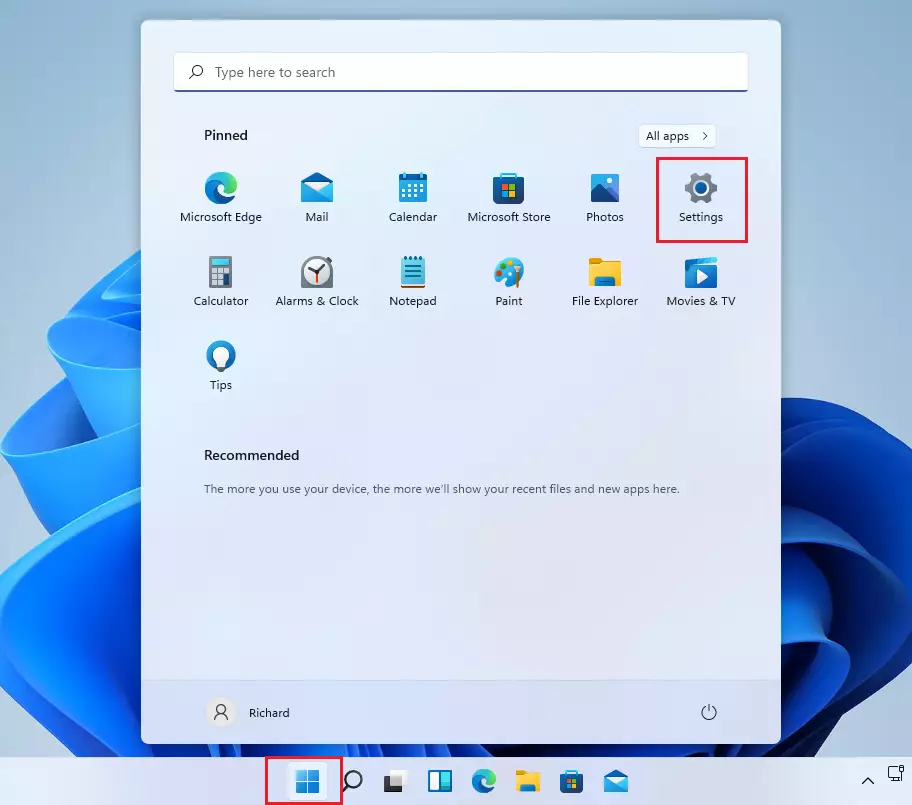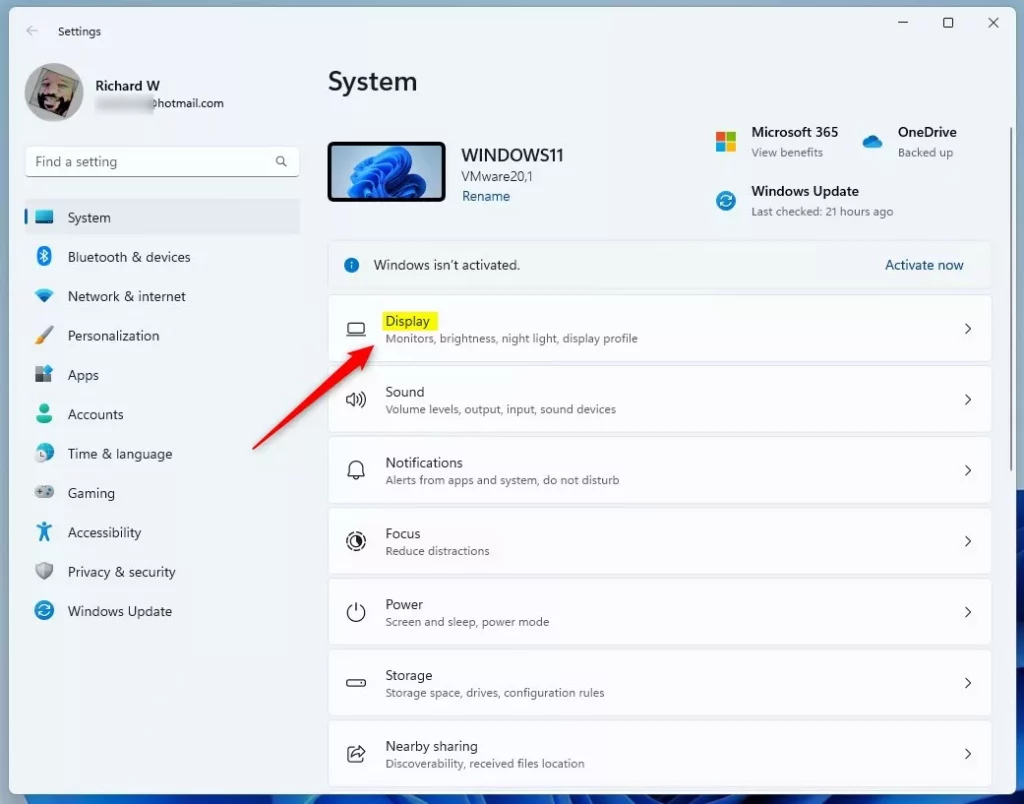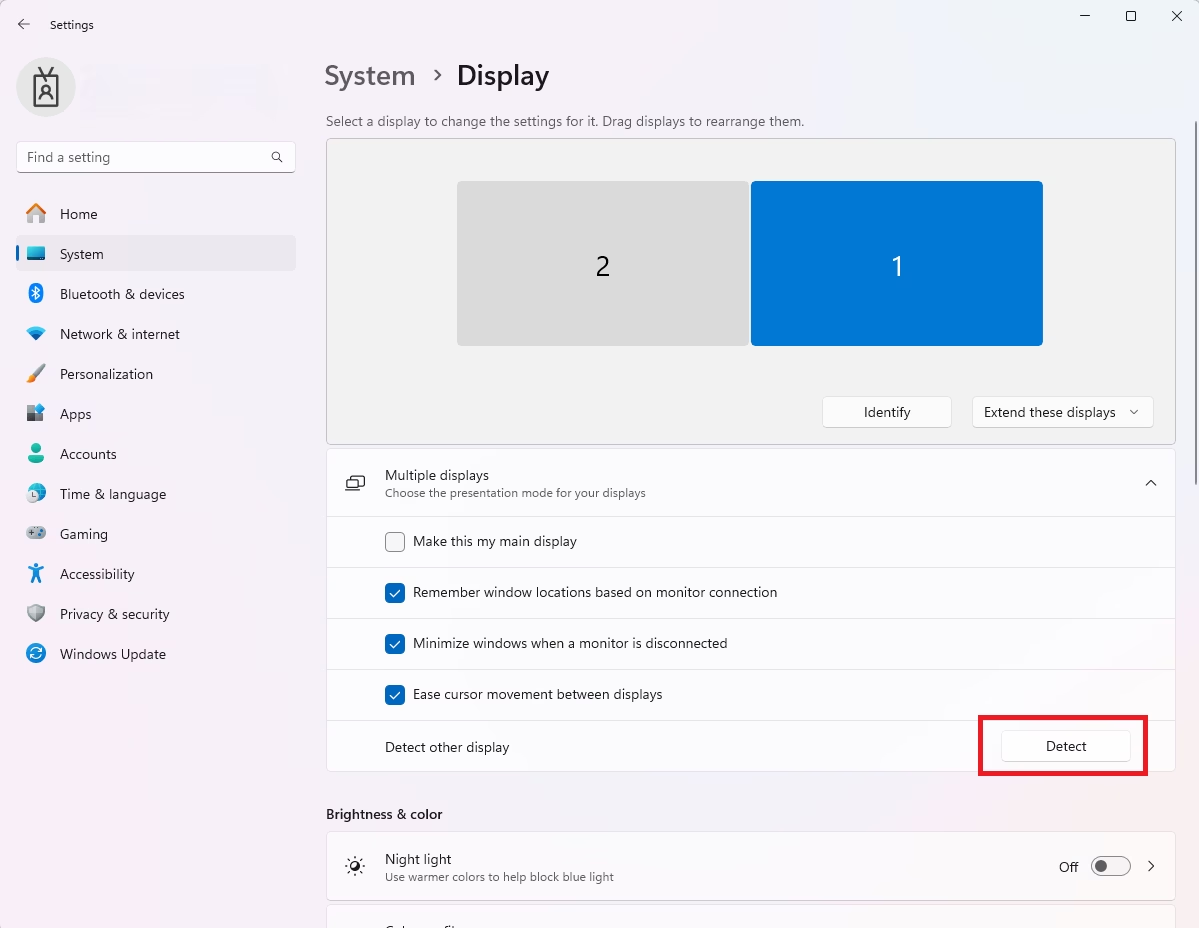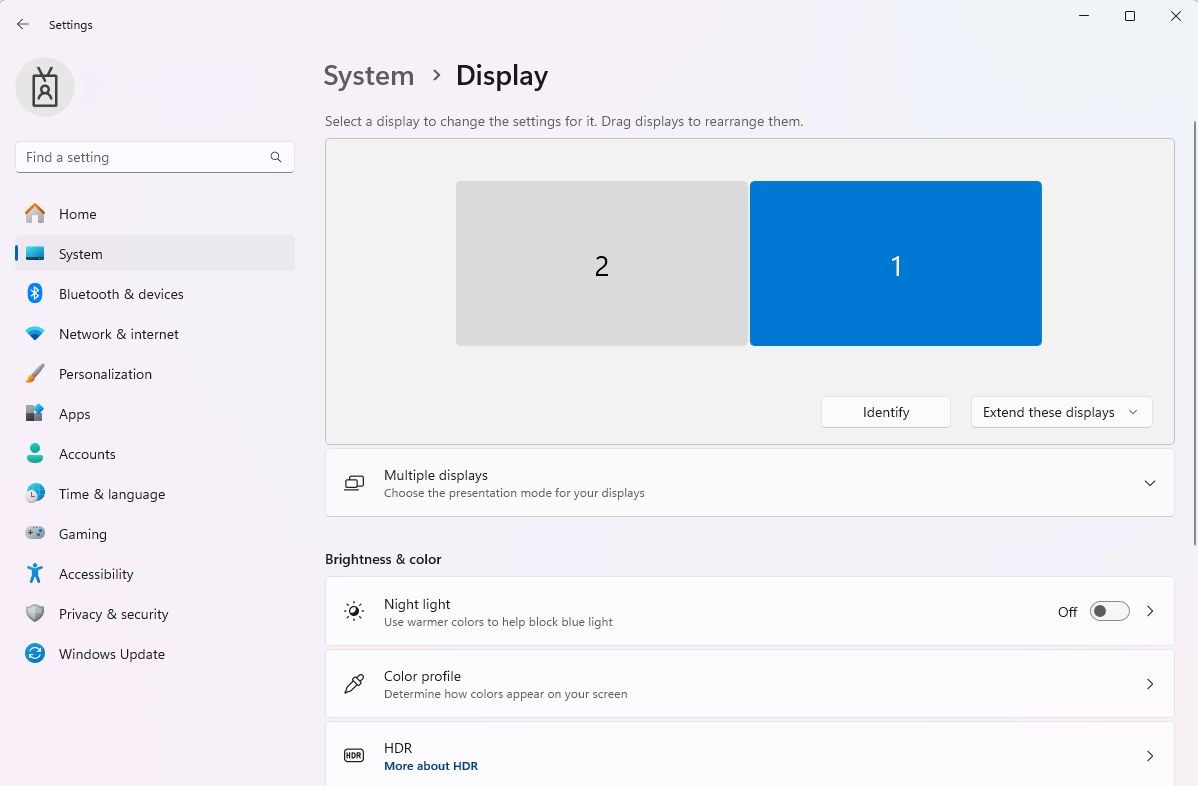This article explains how to add an external monitor in Windows 11.
Windows is capable of working with multiple displays or monitors. If you have additional monitors that you want to extend your work to, simply plug them into your Windows machine and start working.
If you add a second display to your desktop computer with a dual display adapter, ensure all the monitor cables are securely fastened. If you add a second display to your laptop, connect it to a compatible DisplayPort on your laptop and ensure it’s securely seated.
Once the second monitor is attached correctly, Windows will automatically detect and duplicate your desktop on all monitors. If the second monitor is not displaying anything, then do this:
Select Start > Settings > System > Display. Your PC should automatically detect your monitors and show your desktop. If you don’t see the monitors, select the Multiple monitor tile and click Detect.
With two screens, these display modes are available to use:
- PC screen only: See things on one display only.
- Duplicate: See the same thing on all your displays.
- Extend: See your desktop across multiple screens. You can move items between the two screens when you have extended displays.
- Second screen only: See everything on the second display only.
How to set up additional monitors in Windows 11
When you set up a second monitor in Windows, Windows will automatically recognize it and configure it with the recommended resolution to get the most out of your displays.
However, if the System doesn’t automatically identify or recognize the second monitor, follow the steps below to have Windows detect your displays.
Windows 11 has a centralized location for the majority of its settings. Everything can be done, from system configurations to creating new users and updating Windows from its System Settings pane.
To get to System Settings, you can use the Windows key + I shortcut or click on Start ==> Settings, as shown in the image below:

Alternatively, you can use the search box on the taskbar and search for Settings. Then select to open it.
In Windows Settings, click System, and select Display on the right pane of your screen, as shown in the image below.
Your PC should automatically detect your monitors and show your desktop.

If you don’t see the monitors, select the Multiple monitor tile and click Detect.

If Windows detects the second monitor, it will show up and allow you to adjust the settings for each one.

How to identify a display in Windows 11
Once all displays are detected, Windows will show a number corresponding to a display. Go to Settings > System > Display > Identify. A number appears on the screen of the display it’s assigned to.
How to arrange your displays in Windows 11
With multiple displays, you can change how they’re arranged. You can drag your displays to the relative positions you want. This is helpful if you want your displays to match how they’re set up in your home or office.
In Display settings, select and drag the display to where you want (left to right or right to left). Do this with all the displays you want to move. When you’re happy with the layout, select Apply.
You can also select the orientation, resolution, scale, and refresh rate to add additional settings.
Read the post below to learn how to change your display orientation.
How to change the display orientation in Windows 11
That should do it!
Conclusion:
- Setting up a second monitor in Windows 11 enhances productivity by providing additional screen real estate.
- Windows automatically detects and configures connected displays for optimal performance.
- Users can choose from various display modes—PC screen only, Duplicate, Extend, or Second screen only—based on their needs.
- The System Settings pane offers a centralized place to manage display configurations efficiently.
- Identifying and arranging displays in the desired layout improves workflow and user experience.
- For more tips on adjusting your setup, consider exploring additional resources on display settings.

Leave a Reply